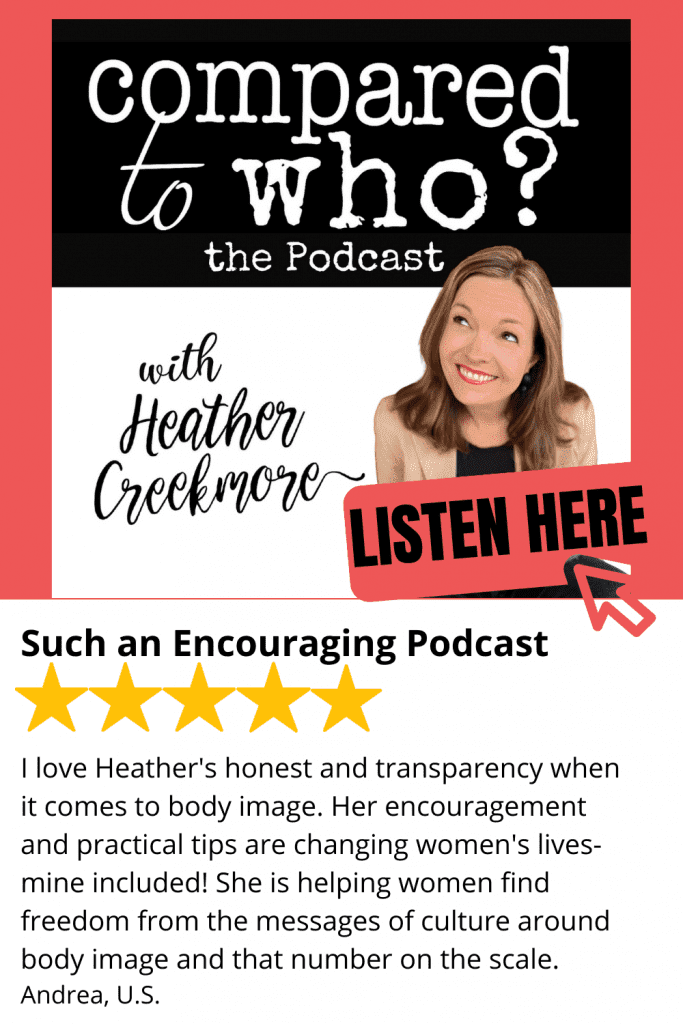In the 1990s, I was in Hollywood trying to become a rock star. All the pieces were coming together. My band had radio-ready songs, and we were playing then-hip clubs like The Troubadour and Coconut Teaszer. I was in my mid-twenties, starting to get a little old to make it in a business that worships youth, but I still had a few good years in me. I even had hair back then! There was just one problem: I was overweight. For many, the rock n’ roll lifestyle leads to bad tattoos or rehab. For me, it led to post-gig feasts at Taco Bell washed down with supersized sodas.
Hollywood has always been a body-obsessed town, but this was the era of heroin chic, with photos of Kate Moss plastered up and down the Sunset Strip on gargantuan billboards promoting one clear message: be lean or go home. Though the bulk of body messaging in the media back then focused on women, men had been receiving their own directives about how they should look for many years as well—and I didn’t measure up. For the first time in my life, I asked myself the question, Could the shape of my body keep me from achieving my otherwise totally realistic goal of becoming a rock star? I knew I was in trouble.

So, what should a man look like, according to our modern culture?
As with women, there is some variation in what is presented as attractive in a man, but here are the key ingredients. The male face should be composed of angular planes with a strong jaw and penetrating, romance novel-cover eyes. A full head of hair—and make it thick. And the body, something worthy of memorialization in a Grecian statue: tall, but not too tall, somewhere between six feet and six-foot-four; lean, chiseled (though not overly bulky) muscles with bicep veins that are not quite bulging, but are prominent enough to indicate a low BMI and regular exercise regimen. And tan. And young. Teeth are spectacularly important, too, but I think we’re already getting into the weeds here.
The point is, the above-described image is portrayed in media within a context of “the good life.” If it’s a commercial for shaving cream, show this idealized guy’s modelesque wife smiling at him as he pulls his quad-blade razor down a taut cheek. For a superhero movie, slap on muscle-enhanced spandex and watch the villains get vanquished to the accompaniment of a triumphant symphonic score. If it’s a video for a pop song, tousle his hair, swap out the cape for jeans and a t-shirt, and pan to an audience of adoring fans—the picture of success (for an egomaniac, that is).
Men realize, of course, that a clean-shaven, handsome face alone won’t lead to finding the perfect mate. Or that being six-foot-two with an athletic physique and beaming white teeth isn’t enough to save the day should trouble arise. Or that looking like a rock star without the requisite musical skill won’t land you onstage at Madison Square Garden. BUT, wouldn’t those things be a lot easier to achieve if we had the lookthat our culture popularizes as ideal?
Whether it should or not, how we look does impact our lives, but this factor is hyperinflated in importance by traditional and social media. As with media aimed at women, the messaging that bombards men penetrates our emotional and subconscious minds. It doesn’t matter if we logically understand that body-related images are crafted to get our attention, to influence us, to lure us into buying something, to drive us to click and share—these messages can still affect our view of ourselves because they are accepted in the emotionalpart of our mind, and logic doesn’t pull much weight there.

(To make matters worse, though the world promotes a very specific image of what the ultimate man or woman looks like, it offers only confusion about what it means to be a man or woman. As this higher essence of masculinity and femininity gets increasingly distorted in our culture, people will place ever greater emphasis on the easy-to-understand trappings of physical appearance.)
So, what’s a guy to do when he finds himself being manipulated by a culture that makes him feel inadequate and unlikely to succeed because of the way he looks? Well, not this…
So there I was, back in the ’90s, with a dilemma. I looked at my guitar, the symbol of my hopes and dreams, and then into the mirror. I decided to remake myself in the image of the cultural ideal, and to do that, I would need to go extreme. Gone was Taco Bell, along with its accomplices in the burger, french fry, and pizza industries. Soda was replaced with water. Beer was replaced with water. I would have replaced water if only there was something more austere with which to replace it. Andthe workouts. I went fromnot having broken a sweat since gym class in the eleventh grade to working out two hours a day, six or seven days a week.
I did have some reasonable motives driving me as well.
I wanted to be healthier. I wanted to be stronger. I wanted greater self-discipline and to become a little tougher than my previously soft lifestyle had demanded of me. But it was the desire to perfect my body—in appearance and fitness—that exaggerated positive changes into an excessive approach to food and exercise.
I did lose a lot of weight. And I did inch forward in the direction of the cultural ideal that my genes would forever prevent me from actually reaching. I also became cocky. And judgmental. And vain. Before my “self-improvement,” I chose clothing that would hide my heft. Now shirts were selected by how well they highlighted the “gun show,” which was always in town.
If you’re like me, many of the Bible verses that are permanently burned into your soul are those you lived (and by “lived,” I mean learned by making embarrassing mistakes with unpleasant consequences). This is certainly the case for me with 1 Corinthians 3:19-20: “For the wisdom of this world is foolishness with God. For it is written: ‘He taketh the wise in their own craftiness’; and again, ‘The Lord knoweth the thoughts of the wise, that they are vain.’”
I thought I was quite wise when I swaggered back into Hollywood, Les Paul guitar in hand and show-muscles on display—they had to accept me into their world now. But I had forgotten one thing: While I was spending all of that time in the gym, I neglected my art—my guitar playing had become unimaginative and stagnant.
You might find this hard to believe, but I did not become a rock star.
I passably looked like one. You could even say I looked more like the “man” our culture promotes than I did before I started my prodigal journey. The problem is, when we shape our life into our culture’s image, all we end up with is an idol of our own creation—an inferior substitute of what God intends for us as creations in His image. Jesus described the outcome of this way of living as a whitewashed tomb—“beautiful on the outside but filled on the inside with dead people’s bones and all sorts of impurity” (Matthew 23:27). I didn’t quite achieve beautiful on the outside, but I could definitely relate to the Pharisees Jesus describes here in the ugliness I had generated on the inside.
Is it wrong to take some time to improve our appearance? I don’t think so. It is other people who have to look at us after all—we might as well make ourselves presentable. I believe God wants us to appreciate our bodies and enjoy them, too. And it’s also our duty to properly maintain our physical health. But clearly, turning the body or diet or exercise or achievement into an idol—though it might result in a polished exterior—will always lead to spiritual emptiness.

My rock star days.
So how do we resolve our body image issues?
If body image issues are highly distressing or involve self-damaging behavior or eating disorders, it would be wise to seek medical counsel. Also, dealing with complex personal issues often benefits from partnering with people you trust and love to walk alongside you as you seek God’s healing and direction. That said, from my own experience and understanding of Scripture, I offer these thoughts . . .
Let’s not mistake image for substance. For men, the “ideal body” looks heroic. But in real life, heroism has nothing to do with looks and everything to do with integrity, hard work, speaking the truth regardless of the consequences, and sacrificial love. It means expressing the rarest of virtues—courage—in service of God and others. And all of these qualities flow from the Lord. When our confidence is in God’s greatness and not in our own efforts, and most certainly not in our appearance, body image issues become less influential in how we understand ourselves.
Ultimately, freedom from body image issues comes from finding ourselves in Christ. The profound reality is that the Creator of the universe made us, loves us, took on a body to redeem us, and invites us to be children of God. We can spend our days polishing tombs if we like, or we can relish in this mystery: “But when one turns to the Lord, the veil is removed. Now the Lord is the Spirit, and where the Spirit of the Lord is, there is freedom. And we all, with unveiled face, beholding the glory of the Lord, are being transformed into the same image from one degree of glory to another . . . ” (2 Corinthians 3:16-18).
Hallelujah.

Sean Coons is an author, screenwriter, musician, and educator living with his wife and son in Redondo Beach, California. Sean is the author of Body: or, How Hope Confronts Her Shadow and Calls the Flutter Girl to Flight, a Christian fiction comedy exploring body image and intuitive eating. Sean’s second novel, Firefly: Let There Be Light, is a middle-grade epic slated for publication by Black Rose Writing on October 21, 2021. Connect with Sean at: www.SeanCoons.com
Facebook, Twitter, or Instagram.
*This post contains affiliate links.






0 Comments